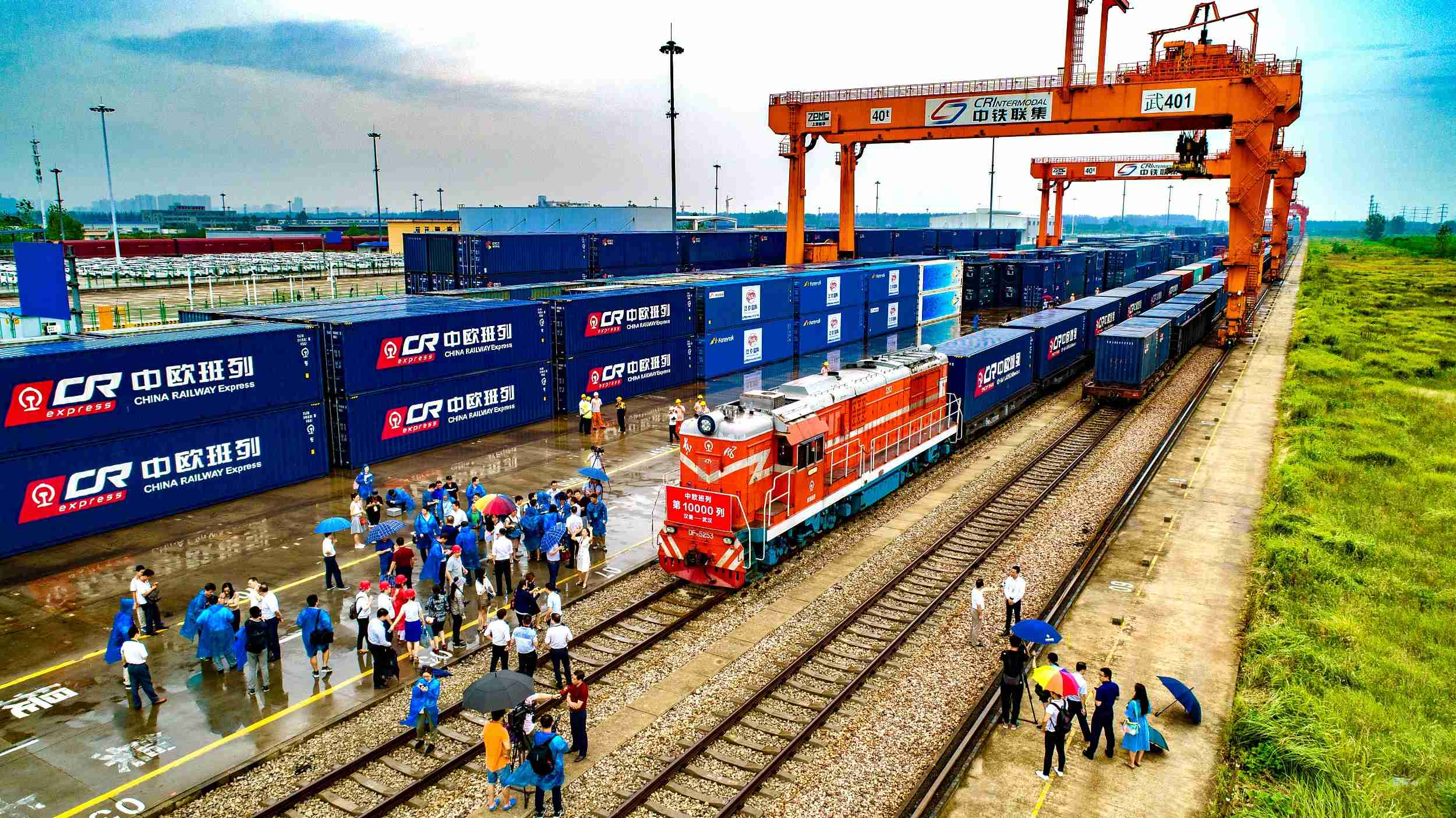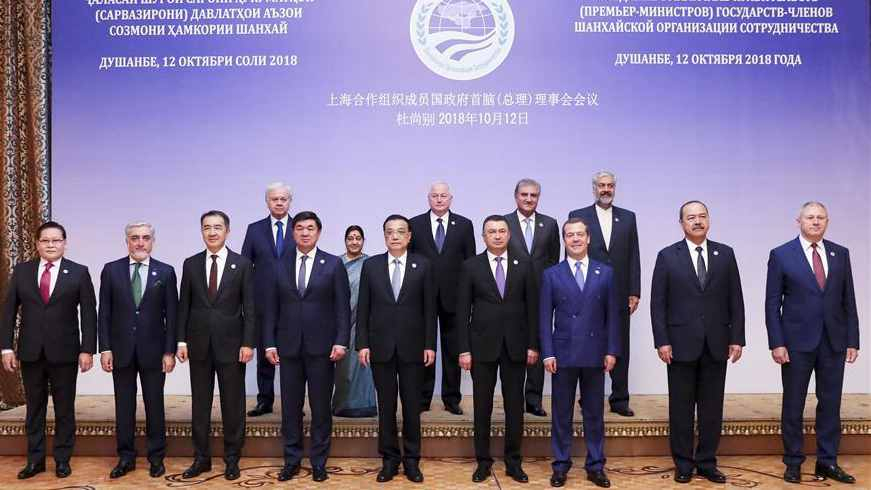

Editor's note: This article is based on a speech by Parag Khanna, managing partner of FutureMap, a data- and scenario-based strategic advisory firm, and author of the book "The Future is Asian" at the Center for China and Globalization. The article reflects the expert's opinion, and not necessarily the views of CGTN.
"The international community will embrace the next round of economic growth wave, which will be led by Asia," said Parag Khanna, managing partner of FutureMap and author of "The Future is Asian" in a recent speech.
According to the World Economic Forum, Asia will remain an engine of global growth in 2019, accounting for 63 percent of the world GDP growth, with China making up 33 percent of that.
Asia has already experienced four growth waves, starting with Japan in the 1950s, the rise of the four Asian tigers in the 1970s, the development of China in the 1990s and the growth of South and Southeast Asia in the 2000s.
Now, Asia will step into the next round of growth wave, according to Khanna.
The rise of Asia can be partly contributed to its support for multilateralism and free trade. The Shanghai Cooperation Organization (SCO) is a case in point.
The SCO has become an increasingly important organization for Central Asia to support multilateral, political, security, economic and people-to-people interaction since its foundation in 2001. Bilateral trade between China and Kyrgyzstan, two member states of the SCO, amounted to 1.51 billion U.S. dollars in 2018, up about 10 percent from a year earlier.

The China-Europe Railway Express. /VCG Photo
SCO aside, Asian countries have set up many other organizations, such as the Asian Infrastructure Investment Bank (AIIB) which has nearly 100 members spanning Eurasia and the Indian Ocean, and offers public goods to coordinate and develop trade, infrastructure, and capital flow, which in turn facilitate the growth of national economies and eventually the world.
In Khanna's view, one such public good is the China-proposed Belt and Road Initiative (BRI), which is facilitating the comeback of Afroeurasia (the combination of Africa, Europe and Asia).
Launched in 2013 by Chinese President Xi Jinping, the initiative has seen China signing 171 cooperation documents with 29 international organizations and 123 countries from Asia to Europe, according to a report by China's National Development and Reform Commission in March.
The BRI has enabled connectivity, improved access to infrastructure, and boosted economic exchanges between countries, playing a key role in injecting confidence in the growth of Asia in a world beset by trade tensions and rising populism.
"With the building of the new Silk Road, many Asian countries are entering the infrastructure competition of 'competitive connectivity'," said Khanna. "The benign infrastructure competition can benefit the countries who accept infrastructure construction."

Chinese Premier Li Keqiang (C, front) attends the 17th meeting of the SCO Council of Heads of Government in Dushanbe, Tajikistan, October 12, 2018. /Xinhua Photo
Since 2005, the total value of China's construction projects has reached two trillion U.S. dollars, and the largest destination for China's infrastructure projects is Europe, followed by Africa and Asia.
In recent years, the BRI has strengthened cooperation in infrastructure construction, thus improving transportation construction, promoting the growth of cross-border trade, attracting foreign investment, reducing poverty and boosting common prosperity. To be specific, the construction of the BRI will increase the real income of countries and regions along the Belt and Road by 1.2 to 3.4 percent, and the global real income by 0.7 to 2.9 percent, according to the World Bank.
Khanna echoed that, saying that the competition of infrastructure construction, unlike arms race, will benefit everyone.
Thus, Asia's firm stance on connection and multilateralism is paying off. Billions of Asian people have reaped the benefits of their countries' growth, experiencing geopolitical stability, improvement in living standards, and surging national pride.
Looking to the West, the region was once the bellwether of global economic development, but is now thrown into stagnant growth, rising populism, and increasingly polarized politics and culture.
"While America and Europe turned inward, toward pessimism and despair, Asia embraced globalization with growing confidence and optimism," said Khanna.
(If you want to contribute and have specific expertise, please contact us at opinions@cgtn.com.)

Copyright © 2018 CGTN. Beijing ICP prepared NO.16065310-3
Copyright © 2018 CGTN. Beijing ICP prepared NO.16065310-3